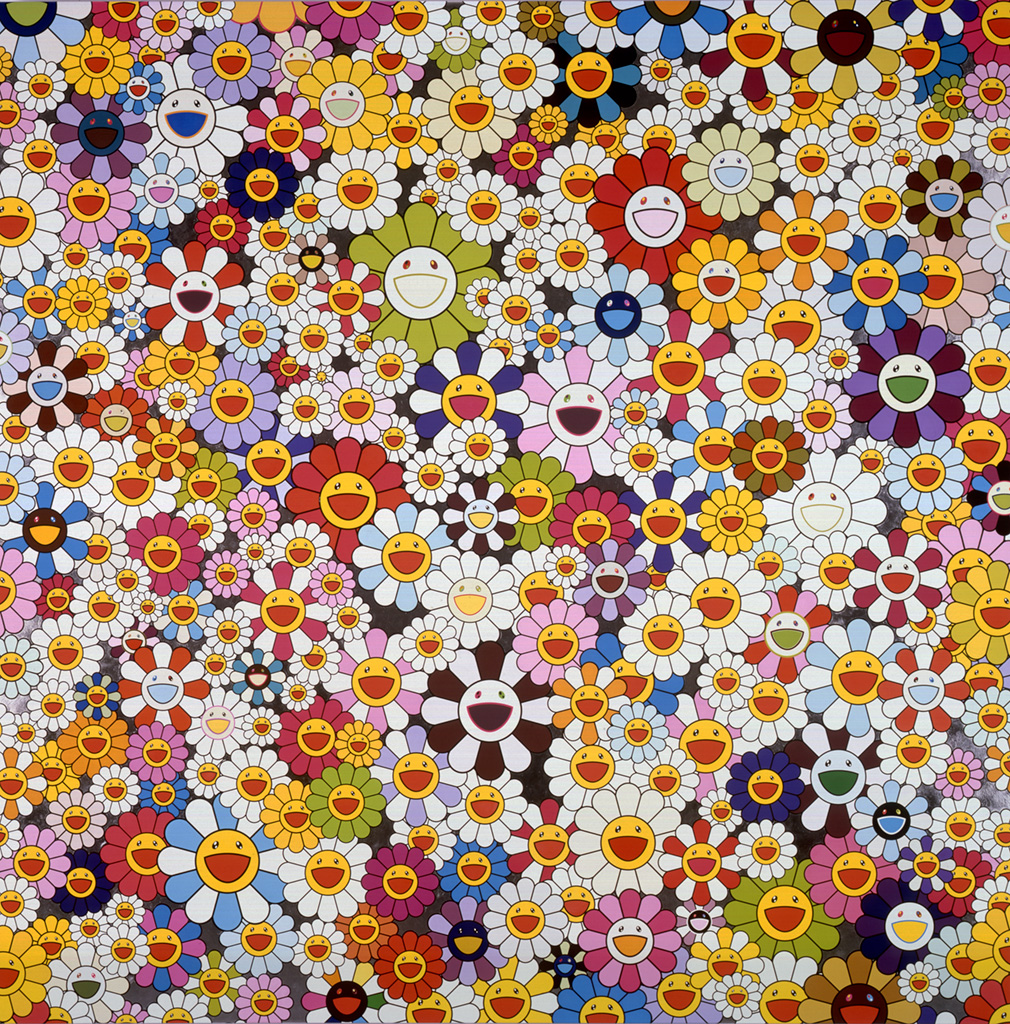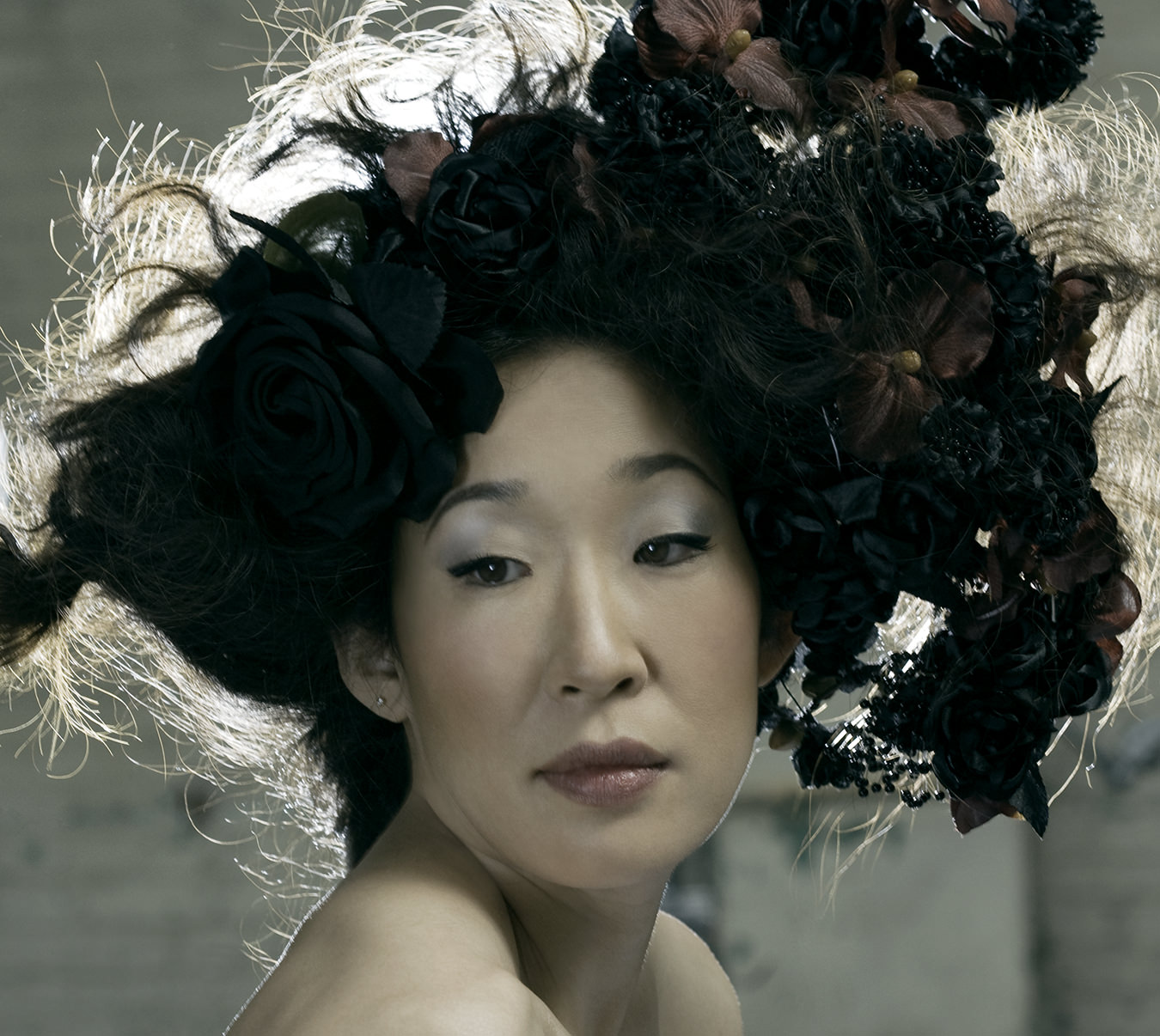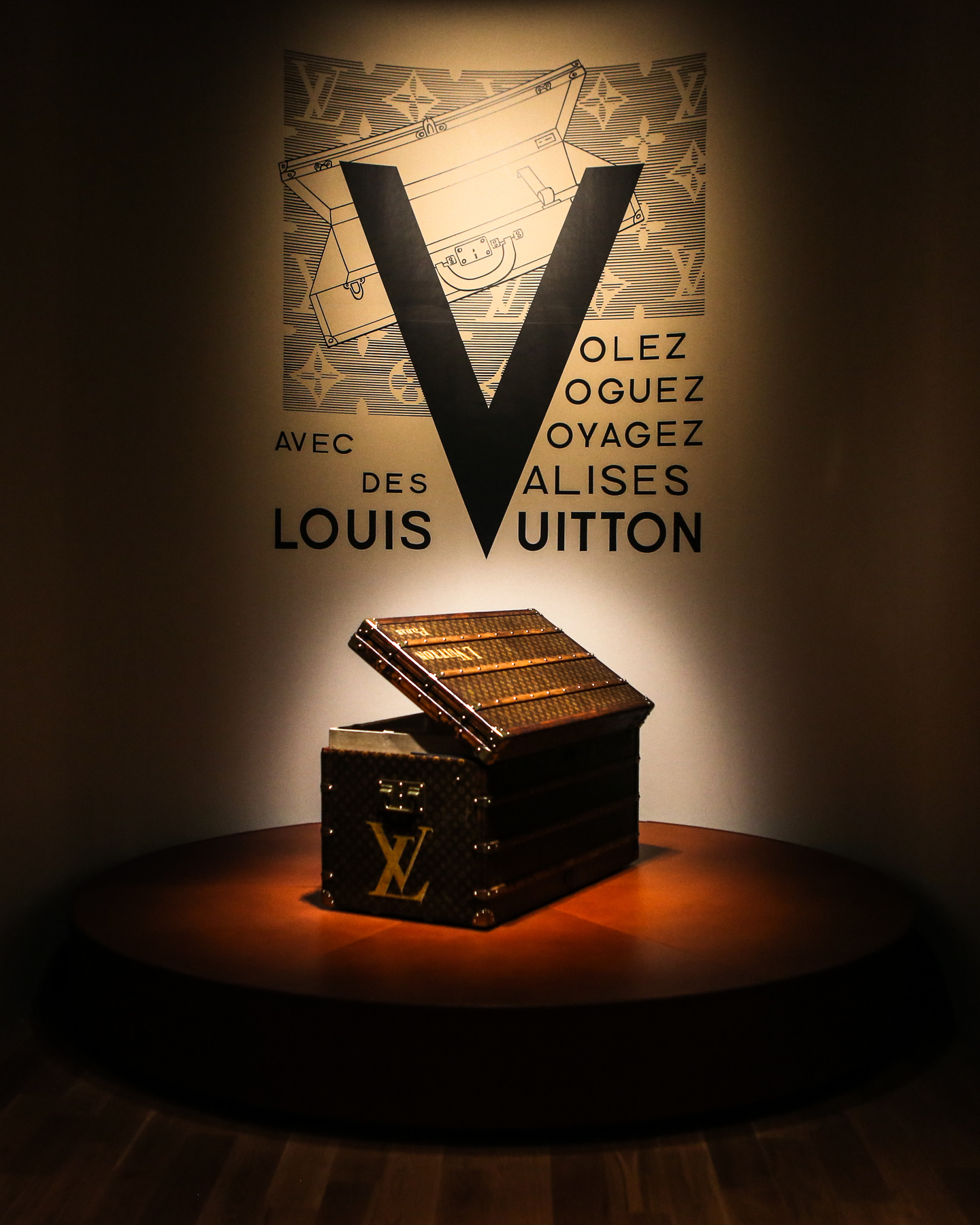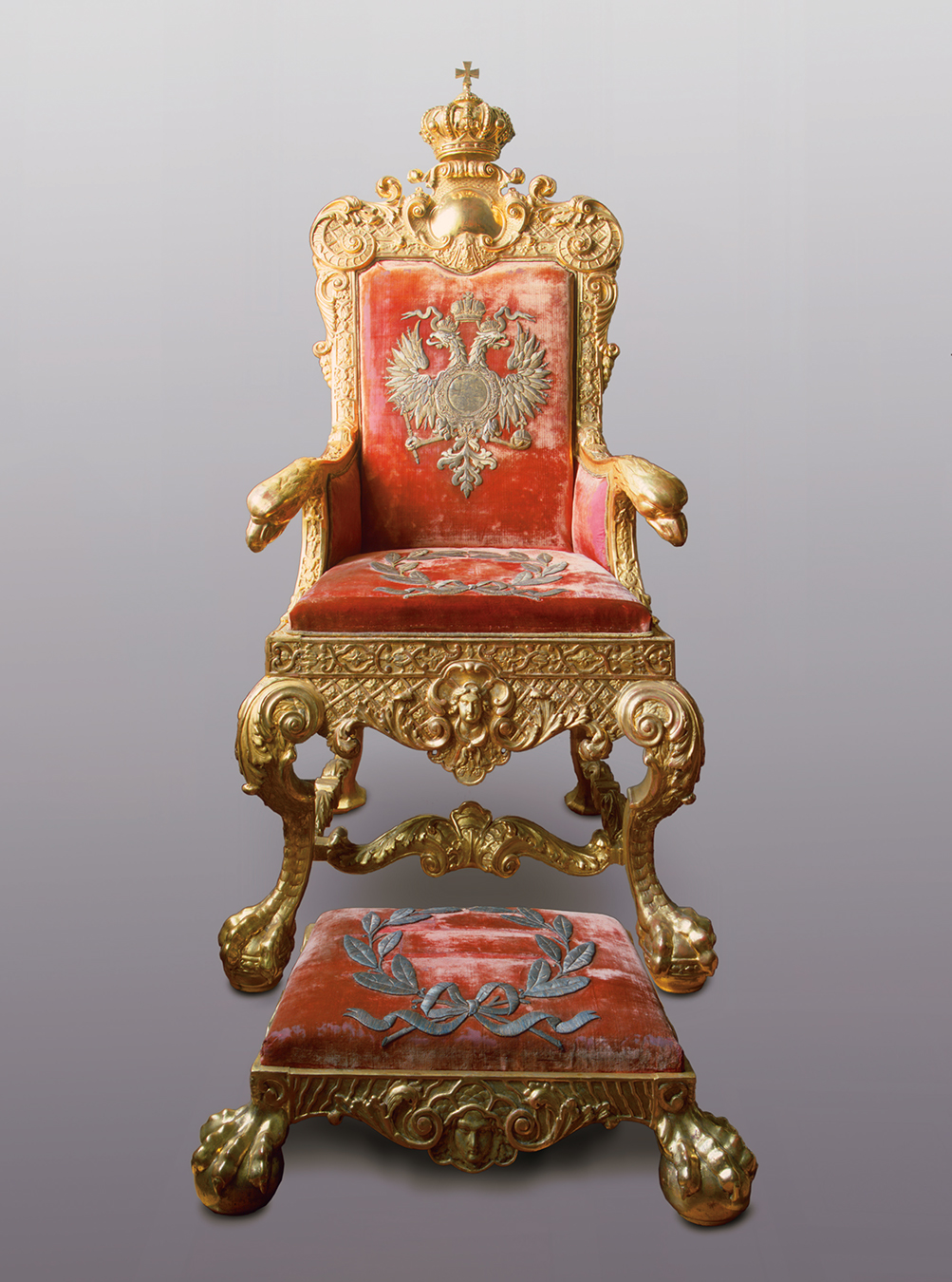-
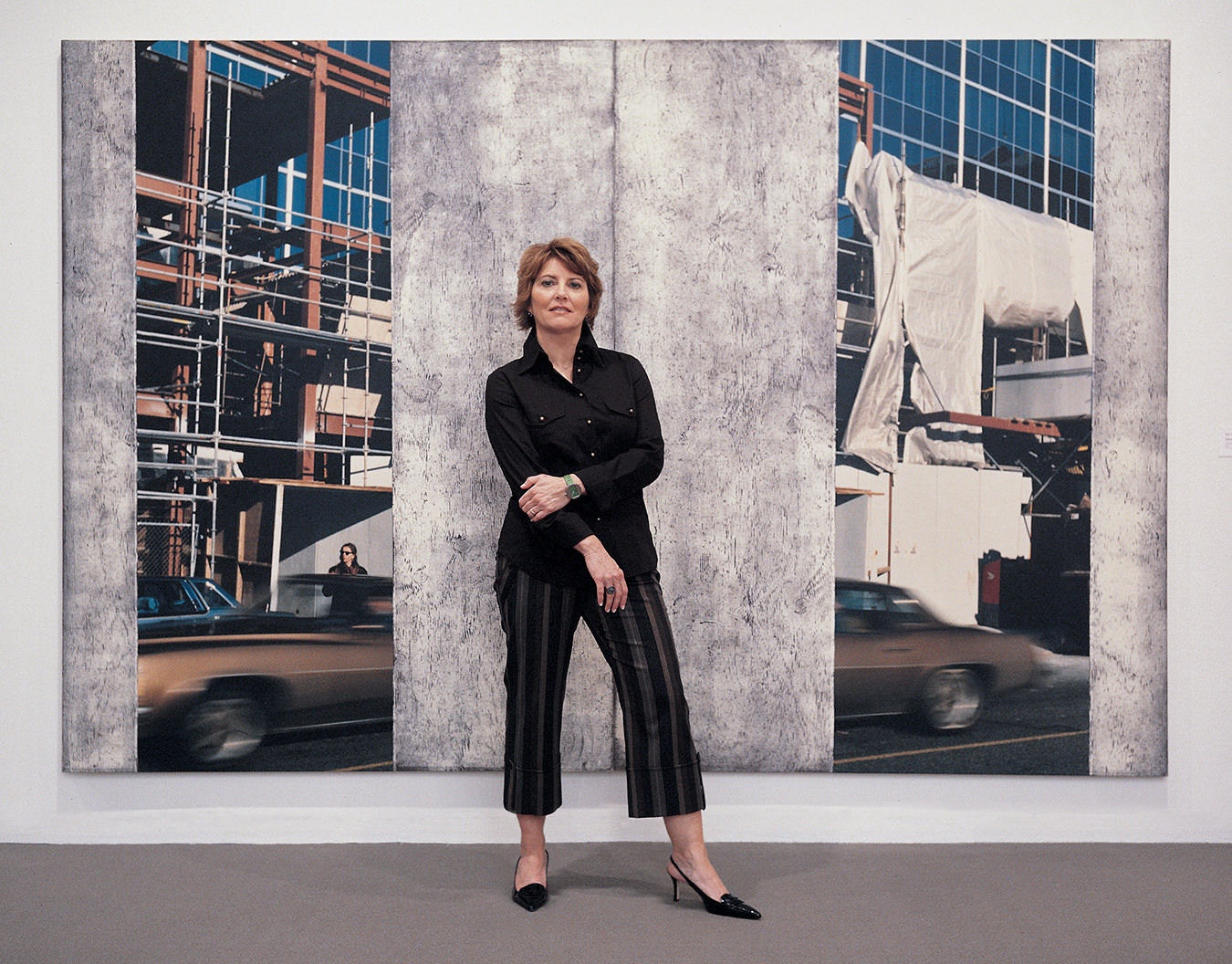
Kathleen Bartels, a strong supporter of Vancouver artists, stands in front of Ian Wallace‘s Construction Site II, 1990 in the “PAINT” exhibition at the Vancouver Art Gallery.
-
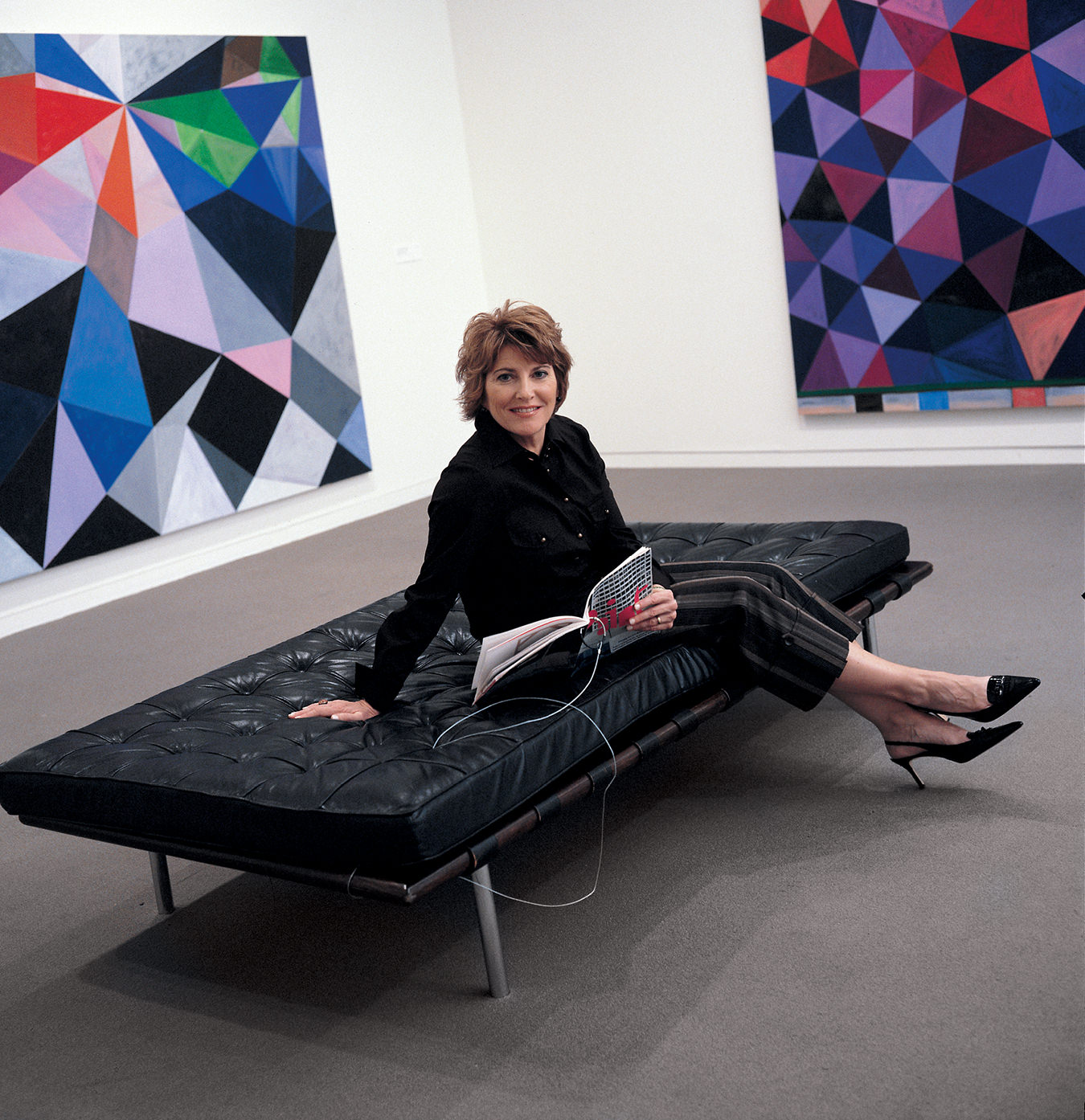
Bartels reclines in the exhibition “PAINT” between the two stunning works by Vancouver artist Elizabeth McIntosh, Untitled, 2005-2006 (left) and Untitled (Red, Blue and Purple), 2005-2006 (right).
Kathleen Bartels
A massive change is gonna come.
There was a time, not so very long ago, when thinking of the Vancouver Art Gallery as an international player in terms of collections, artists and donors would have been considered something akin to blind optimism and unjustified faith in the home team. Since Kathleen Bartels became its Director, in 2001, this notion has consistently been diminished, to the point where the shoe might accurately be said to be on the other foot: that is, under her steady, proactive, creative hand, it is now unthinkable to consider the VAG anything but a significant, serious art institution. In fact, it now boasts active relationships with other major institutions all around the world.
This does not happen overnight. When Ms. Bartels was approached in 2000 for the position of director, she was already nearly 14 years into her work at the Museum of Contemporary Art in Los Angeles. She was raised, in large part, in Guam, and had studied photography and Pacific art before arriving in Los Angeles, where, she says, “I had a wonderful mentor, and it was a great opportunity to explore and develop the collections.” When MOCA appointed a new director, she began at least considering what it would be like to lead her own institution, and when the opportunity came, she was quite open to it. “To be honest, I had never even been to Vancouver, I’m not even sure why, exactly.” She smiles. “I was poised to lead an institution, and this was an attractive opportunity.” The work at MOCA was in contemporary and abstract art, and certainly that is part of her work at the VAG as well, but there is much more to it.
Kathleen Bartels is eminently up to the task of revitalizing what had been a somewhat quiet, perhaps even waning, art gallery. “The art world changes rapidly, and it is really no longer possible for a director to do the job sitting behind a desk. It is about relationships, and these cannot be built without face time. So I am out in the community a lot, and of course I travel frequently as well.” Ms. Bartels is a vivid person, energetic, incisive and approachable, and with that comes a passion for art in all its forms that infuses her life, and her work. “I believe in art in our culture, in all cultures. It is vital to our sense of community and to our sense of ourselves, as individuals, and as individuals within that community.”
She is American, and in the world of public institutions, this is a quantifiable asset. The American way is for institutions to support themselves, meaning they rely on private, rather than governmental support. This is true for universities, museums, and right on down the line. In Canada, this has not always been the case but is increasingly so, to the point where now, if an institution fails to raise private support, the jig, as they say, is usually up. Ms. Bartels seems to relish this part of her job. “I am able to go out into the community, speak with donors, speak with businesses, corporations, and explain the value in supporting us, in supporting our institution and the artists.” She apparently is exceedingly good at this, since the VAG endowment has grown from $200,000 annually to over $5-million annually. “I would like to see that number at $25-million one day,” she says with a gleam in her eye. That gleam is borne not of the dollar amount, but of what it actually signifies: potential growth of the gallery, and real interest from the private sector in what art can contribute to the quality of life in this country.
Art “can be intimidating”, she notes, but that is where education programs and exhibitions that draw large audiences, come in. The day of our discussion, the main lobby of the VAG was teeming with school kids, enough to make a person feel vaguely like the old administrator in “Among School Children”; they were there to learn about Emily Carr, a retrospective of whom captivated audiences during late 2006 and early 2007. You could overhear young voices talking excitedly about Carr’s use of “lines and movement”, and the general buzz seemed at least a touch above the inevitable euphoria of learning stuff while not actually being in school. “We have a lot of student visits, and it is something we encourage,” Ms. Bartels says. “We also do didactic panels, educating and helping people have a meaningful relationship with art.”
The accolades have been swift, clear, numerous and unanimous. Toronto philanthropist Alan Schwartz made headlines when he presented the VAG with his esteemed (and valuable) photo-conceptual collection. Quoted in The Vancouver Sun, he said, “Kathleen is one of the very few directors working in Canada who has the energy, vision and ambition to imagine and lead her museum to a position of significance in the international museum community.” He voted and his donation proves he means what he says. Time magazine notes that under Bartels’s leadership, the VAG has become “an institution that moves at the same speed as the cyclotron that is Vancouver’s art scene.” When the ambitious, non-traditional exhibit called “Massive Change: The Future of Global Design” came to Vancouver, The New York Times saw it as “a remarkably upbeat picture of the ways that design of all varieties promises to improve the human condition”. In this particular case, the artist is Bruce Mau, but Bartels, with a background that includes architecture, sees all design as a potential art form. “We serve different audiences all the time,” she comments, and it is clear she understands but does not allow to stand in her way the fact that parts of some audiences may not quite appreciate the same artworks, or definitions of art, even, as others might. Her main office window features a view of the Law Courts, a building designed by Arthur Erickson, and she is as proud of that building as she is of some of the works on the office walls.
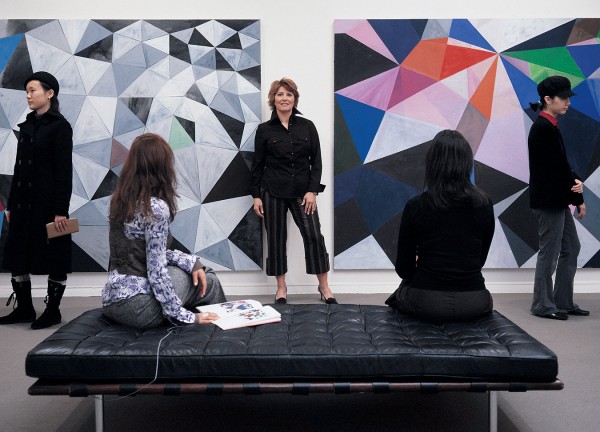
Kathleen Bartel joins visitors in the Gallery, standing between Elizabeth McIntosh’s, Untitled, 2006 (left) and Untitled, 2005-2006 (right).
So, it would seem walls alone cannot contain her, any more than the Gallery’s walls can contain the works who are custodians and curators of. “Less than three per cent of our collections is on display at any given time,” she says. There are hints in the air that a whole new building is in the works, complete with an international competition for the privilege of designing it. Think back to the public awareness the Royal Ontario Museum garnered when it launched its own competition to design the new wing of the facility, and you get some idea of how important—to the institution, the city, the province, and, yes, the country—this would be.
The growth of the VAG collections is a key part of its health and attendant relevance in the community. In 2006, the VAG’s permanent collection increased by 221 artworks (211 of them acquired through generous private donations). This brings the overall total to 9,112. Bartels notes that photographic works of art are now a central component of the collection, and the VAG’s prowess in that area means that “donors, who are very discerning, are becoming aware of the breadth of our collection, and it draws them to us.”
None of this would be possible if Kathleen Bartels were not so passionate and exceedingly capable, in terms of building relationships. “There are three components to this,” she says earnestly. “The artists and the works, the community, and the funding.” She pauses before elaborating. “Working with artists and doing exhibitions is our core business. Vancouver has an incredible number of international artists, most of whom are better known internationally than they are here. But we are changing that, slowly. The purpose is to bring these artists, and art, to the community via exhibitions and educational programs. We therefore must have support, of both funds and artworks, from the business leaders and other private individuals, to make this happen. And all of it,” she again pauses, smiles, “all of it takes face time.”
Some of the donors, and it could be a very long list, include Alison and Alan Schwartz (among their donations are works by internationally renowned Canadian photographer Edward Burtynsky, and acclaimed Düsseldorf photographer Axel Hütte); Ann and Harry Malcolmson; Ann and Marshall Webb and Aaron Milrad; Vancouver collectors Claudia Beck and Andrew Gruft. The outstanding installation by Brian Jungen, Furniture Sculpture, was purchased by the VAG with significant financial support from the Audain Foundation and an additional contribution from Rick Erickson. The Rix Family Foundation contributed the funds to acquire Cheakamus Canyon, 1929, a painting by Frederick Varley.
Artists whose works now reside with the Gallery include Rodney Graham, Ian Wallace, Stan Douglas, Thomas Ruff and Cindy Sherman. Vancouver artists Karin Bubãs, Jayce Salloum and Steven Shearer are there too, in addition to Jeff Wall, also a “local” artist, whom Bartels describes as “one of the two or three most important figures in the international art scene, period”. She is almost breathless in listing the great artists and the vital donors who make this all possible. It is a heady time for her, for the VAG, and when patrons can see such major exhibitions as “Massive Change” (which continues its world tour), “Carr, O’Keefe, Kahlo: Places of Their Own”; “Rodin: A Magnificent Obsession”; and “Protean Picasso”, all in the same space in a very few years, you know something special is happening here. Bartels is succinct, in a way, about it all, and quietly proud: “It used to be that people thought they had to go to Europe to experience great art. That is simply not true anymore. We can bring great European art here, but we also have great art being made here.”
I once was walking through the Musée d’Orsay in Paris, a few extra hours on my hands. It is, of course, a marvellous place, and the big names seem to all be there. As I rounded a corner, moving from van Gogh and Cézanne into a room filled with Edgar Degas, there sat, huddled, really, on the floor in front of one of his most famous works, a group of small children. With them was a tutor of sorts who was explaining various aspects of the work itself and its historical context and significance. It was fascinating, to think that school kids in this city could simply go straight to portraits by Rembrandt or any other illustrious name and study them first-hand. As I left Kathleen Bartels and returned to the foyer, the abundance of young students had not subsided, and I realized she was right. This kind of experience, of art first-hand, is happening not only in Paris and Barcelona and London and New York. It happens in our cities, too.
Hair and make-up: Melanie Neufeld for Lizbell Agency. Styling: Kathleen Bartels’ own.





